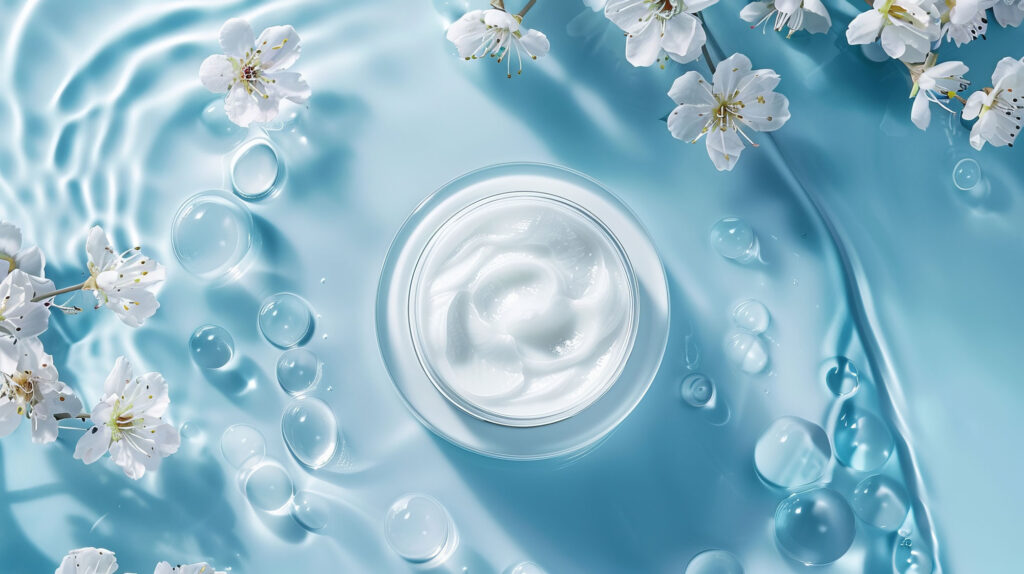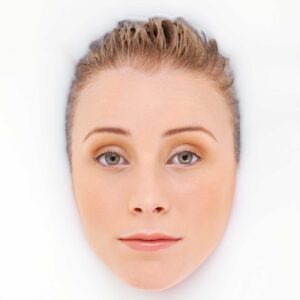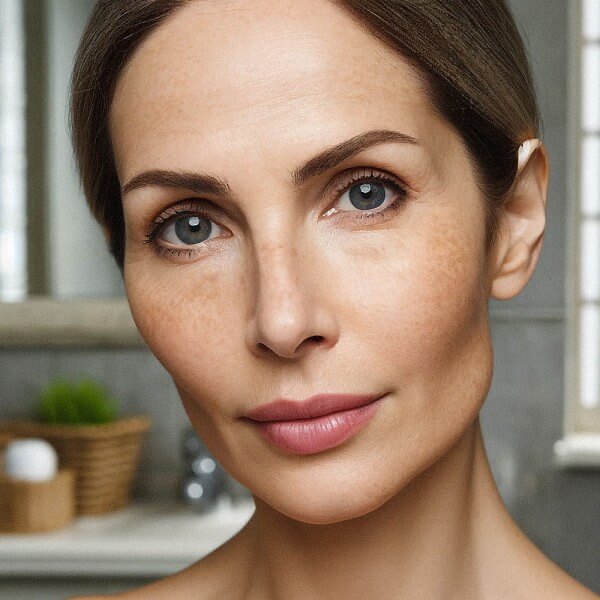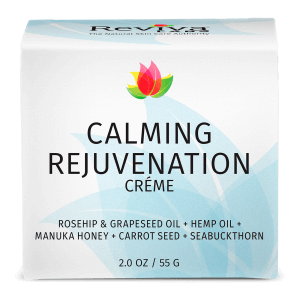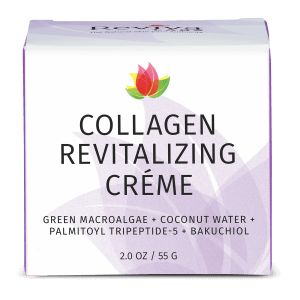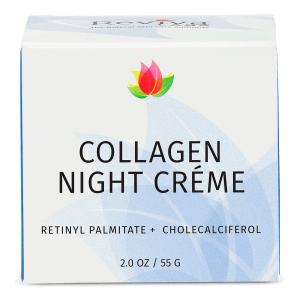Ingredients, Natural, Reviva Labs, Skin Care
The Role of Ceramides in Skincare
Some of the most powerful skincare ingredients aren’t trendy, exotic, or hard to pronounce. They’ve been quietly at work in your skin from the very beginning. Ceramides are a perfect example. These naturally occurring lipids have earned increasing attention not because they’re new – but because science keeps revealing just how essential they are for healthy, resilient skin.
When I first learned that ceramides make up as much as 50% of the skin’s outermost layer, I was stunned! Half of your skin barrier is literally built from these protective fats. They aren’t just helpful – they’re foundational. And yet, most people don’t realize how dramatically ceramide levels drop with age or environmental stress.
One dermatology review noted that by age 40, ceramide levels in the skin may decrease by nearly 60%, leading to increased dryness, sensitivity, and visible aging. That kind of decline helps explain why skin suddenly starts feeling thinner, rougher, or more reactive over time. And why restoring ceramides through skincare is no longer optional – it’s essential.
What Exactly Are Ceramides?
Picture your skin barrier like a brick wall. The skin cells are the bricks. But what holds those bricks together – sealing in moisture and keeping irritants out – are lipids. And ceramides are the most important lipids in that structure.
Chemically, ceramides are fatty molecules called sphingolipids. They’re naturally produced in your skin and help create a watertight seal in the stratum corneum, the outermost part of your epidermis. This seal prevents vital hydration from escaping while shielding your skin from environmental damage like pollution, harsh weather, and allergens.
There are many types of ceramides, but they all play a similar role: keeping skin strong, supple, and protected. Without them, the skin barrier weakens. That’s when dryness, redness, flaking, irritation, and increased sensitivity show up.
Why Your Skin’s Ceramides Diminish
Even though your body produces ceramides, multiple factors drain those levels over time. And unlike oil production, ceramide depletion doesn’t adjust naturally to compensate. This leaves your skin vulnerable unless you actively restore what’s lost.
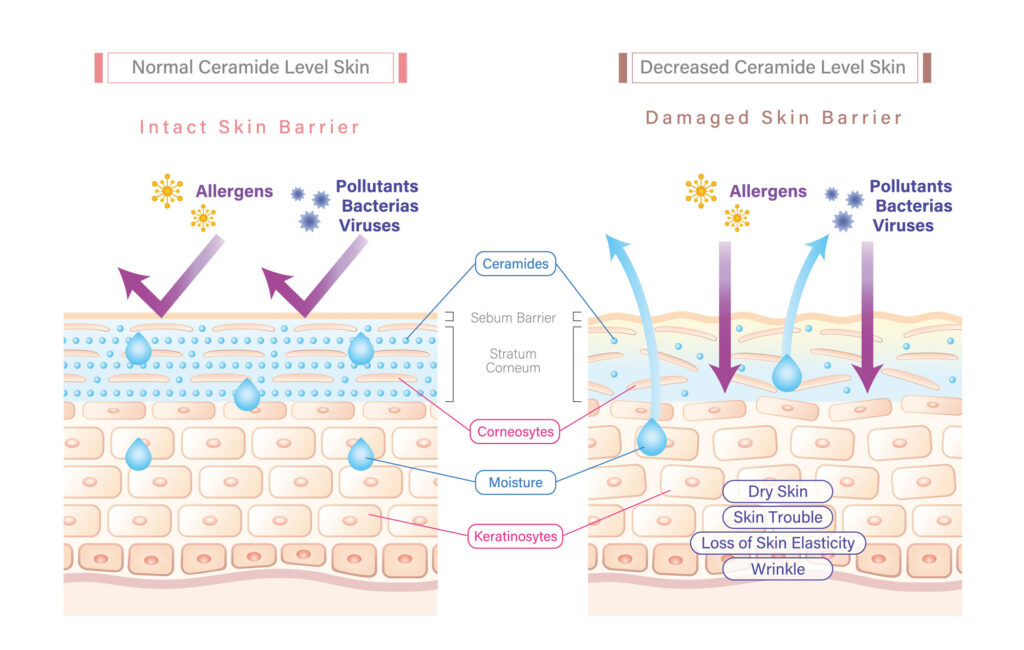
The biggest causes of ceramide loss include:
- Age
- Sun damage
- Cold or dry climates
- Harsh cleansers or exfoliants
- Overuse of retinoids or strong actives
- Hot water
- Stress
- Skin conditions like eczema or psoriasis
Unfortunately, this means nearly everyone faces some degree of ceramide loss by their 30s or 40s – whether from lifestyle, environment, or genetics.
What Happens When Ceramide Levels Drop?
If you’ve ever noticed that your skin suddenly becomes rough, reactive, or prone to fine lines seemingly overnight, there’s a good chance depleted ceramides are involved.
When ceramides decline, the skin barrier becomes compromised. That creates tiny invisible cracks between skin cells. Water escapes. Irritants seep in. The result is skin that looks and feels tired, dry, and inflamed.
In fact, research from the Journal of Investigative Dermatology has shown that reduced ceramide levels are directly linked to increased transepidermal water loss (TEWL) – one of the clearest signs of skin barrier dysfunction.
Restoring ceramides doesn’t just hydrate skin – it strengthens it at the cellular level. And that kind of resilience makes a dramatic difference in skin health and appearance.
The Benefits of Ceramides in Skincare
Ceramide-infused skincare has become a gold standard for dermatologists and estheticians for good reason. The benefits go far beyond basic moisturization.
When you apply ceramides topically in well-formulated products, here’s what happens:
- Skin hydration improves dramatically – not because ceramides add water, but because they seal it in.
- Skin sensitivity decreases – stronger barriers mean fewer irritants getting in.
- Fine lines and wrinkles soften – dehydrated skin looks older, while hydrated skin appears plumper.
- Texture becomes smoother – dry, flaky patches disappear as moisture levels stabilize.
- Barrier function is restored – meaning your skin can better defend itself from future stress.
In clinical studies, applying ceramide-rich moisturizers has even shown improvements in skin conditions like eczema, psoriasis, and atopic dermatitis, which are all linked to impaired skin barriers.
Are All Ceramides in Skincare the Same?
Not quite – and this is where quality matters.
There are multiple types of ceramides used in skincare, often labeled as Ceramide 1, Ceramide 3, Ceramide 6-II, and so on. The most effective products often blend several types to mimic the skin’s natural lipid composition.
Equally important is what accompanies the ceramides. On their own, ceramides are helpful. But paired with other barrier-repair ingredients like cholesterol, fatty acids, hyaluronic acid, or niacinamide, their performance skyrockets. That’s because these ingredients work together, replicating the skin’s natural repair mechanisms.
Why Ceramide Skincare Works for Every Skin Type
One of the most beautiful things about ceramides is their universal compatibility. They aren’t just for dry or mature skin. Oily and acne-prone skin can benefit just as much – sometimes even more.
Oily skin doesn’t automatically mean well-hydrated skin. In fact, over-cleansing or using harsh acne treatments can strip ceramides, worsening oil production and triggering breakouts. Restoring ceramides helps calm and balance oil levels by repairing the skin barrier.
Sensitive skin thrives with ceramides too, since many redness or irritation issues stem from a compromised barrier. And for aging skin, the benefits of ceramides are clear: plumper texture, reduced dryness, and greater resilience against fine lines and environmental damage.
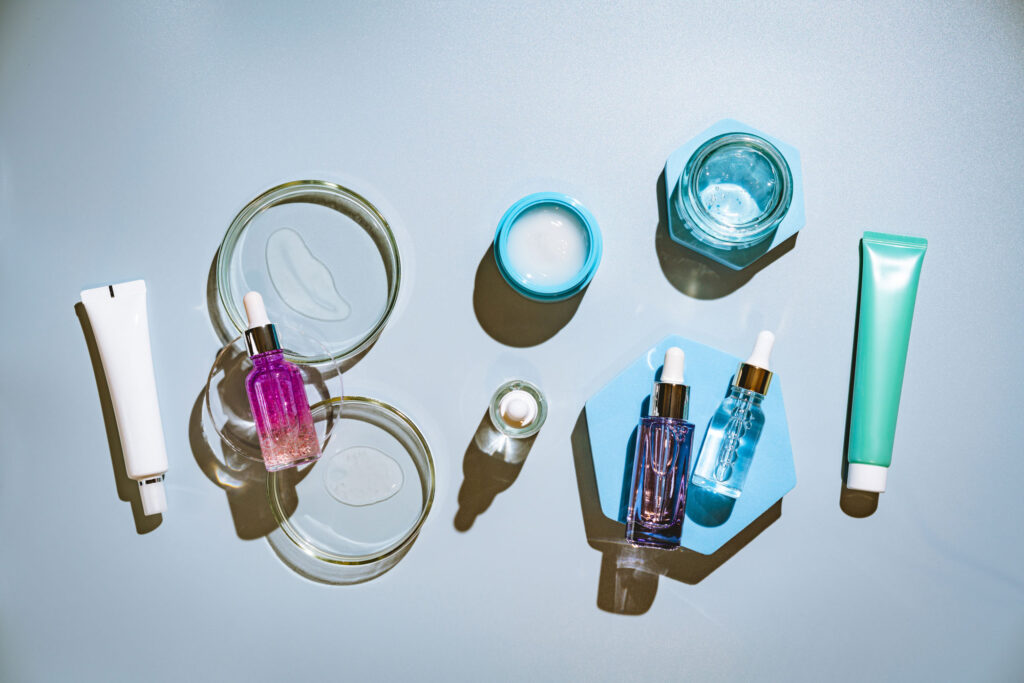
When and How to Use Ceramides in Your Routine
Timing and layering make a big difference in getting the best results from ceramide skincare.
Generally, ceramide-containing products are most beneficial in the moisturizing step of your routine – after cleansing, toning, and applying water-based serums.
Look for ceramides in:
- Moisturizers
- Creams
- Lotions
- Overnight masks
- Barrier balms
- Targeted serums
Daily use is key. Ceramides help repair damage, but they also maintain barrier strength long-term with consistent application.
At night, using a ceramide-rich product can work wonders, since your skin naturally loses more water while you sleep. In the morning, layering a ceramide moisturizer beneath sunscreen adds an extra shield against environmental stressors.
Signs Your Skin Needs More Ceramides
If you’ve ever wondered whether your skin barrier is struggling, there are telltale clues.
Look for these common symptoms:
- Tight, dry, or itchy skin after cleansing
- Flaking or rough patches
- Increased redness or sensitivity
- Fine lines looking more pronounced
- Dull, uneven texture
- Skin that stings when applying products
- Frequent breakouts alongside dryness
These are classic signs of ceramide depletion – and often the very issues that lead people to believe their skin is “just sensitive” or “just aging.” In reality, they’re signals that your skin barrier is compromised and needs support.
Do Ceramides Really Reverse Aging?
Here’s where it gets exciting.
While ceramides won’t erase wrinkles like an injectable treatment, their ability to restore skin health makes them a powerful anti-aging ally.
A healthy, hydrated skin barrier naturally looks smoother, more vibrant, and more elastic. Fine lines appear softer. Skin tone becomes more even. And most importantly – skin regains its ability to protect and repair itself from environmental damage.
That’s a far more sustainable approach to youthful skin than quick fixes.
One clinical study published in the Journal of Clinical and Aesthetic Dermatology found that a ceramide-rich moisturizing cream significantly improved visible signs of aging in participants over 12 weeks.
What Else Pairs Well with Ceramides?
While ceramides shine on their own, they play beautifully with several other skincare stars.
Some of the best complementary ingredients include:
- Hyaluronic Acid – hydrates deeply, while ceramides seal it in
- Niacinamide – calms inflammation and helps support barrier repair
- Peptides – encourage skin’s natural collagen production
- Squalane – adds lightweight moisture without clogging pores
- Fatty Acids – restore skin’s lipid matrix for greater flexibility
When used together, these ingredients create a comprehensive approach to skin health, targeting hydration, firmness, texture, and protection all at once.
Are Ceramides Safe for Everyone?
Absolutely. Because ceramides are naturally occurring in human skin, there’s virtually no risk of irritation or sensitivity when using them in skincare – unless combined with problematic additives or fragrances.
This makes ceramides one of the safest and most universally recommended ingredients by dermatologists. Even those with eczema, rosacea, or very sensitive skin can usually use ceramide products without issue.
Final Thoughts: Ceramides Are Skin’s Best Friend
If I could pick just one skincare ingredient to recommend for almost anyone, ceramides would be near the top of the list. They aren’t flashy. They don’t have a cult following on social media. But they quietly do the most important work of all: protecting your skin where it matters most.
Modern life throws a lot at your skin. From pollution to harsh weather, stress, or aging, the skin barrier takes daily hits. Ceramides offer the protection, repair, and resilience your skin craves. Building them into your skincare routine isn’t just smart – it’s transformative.



